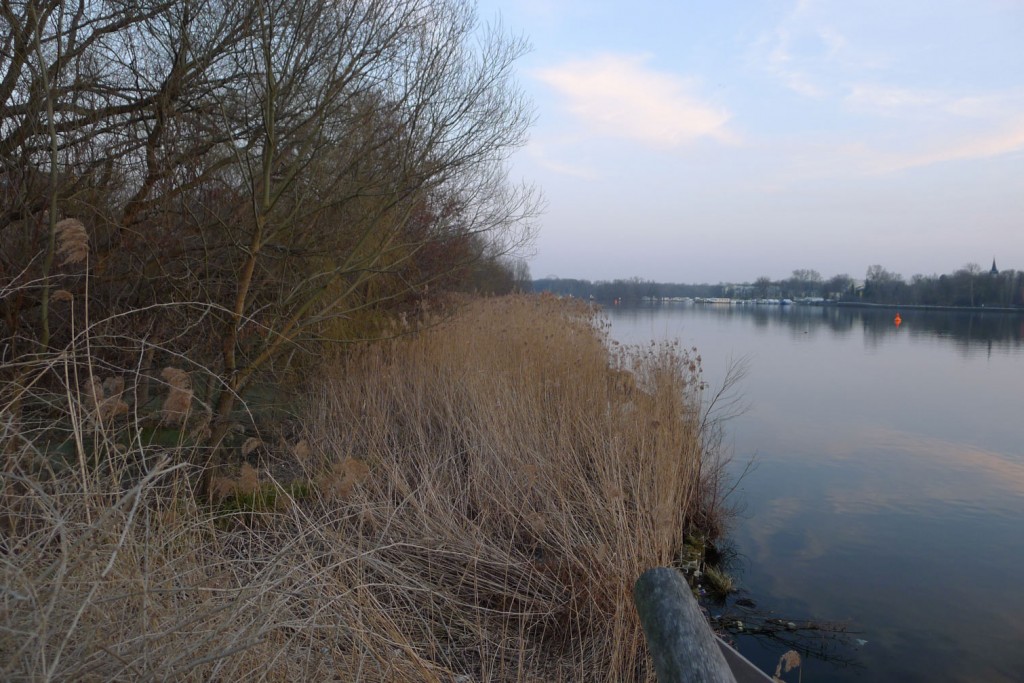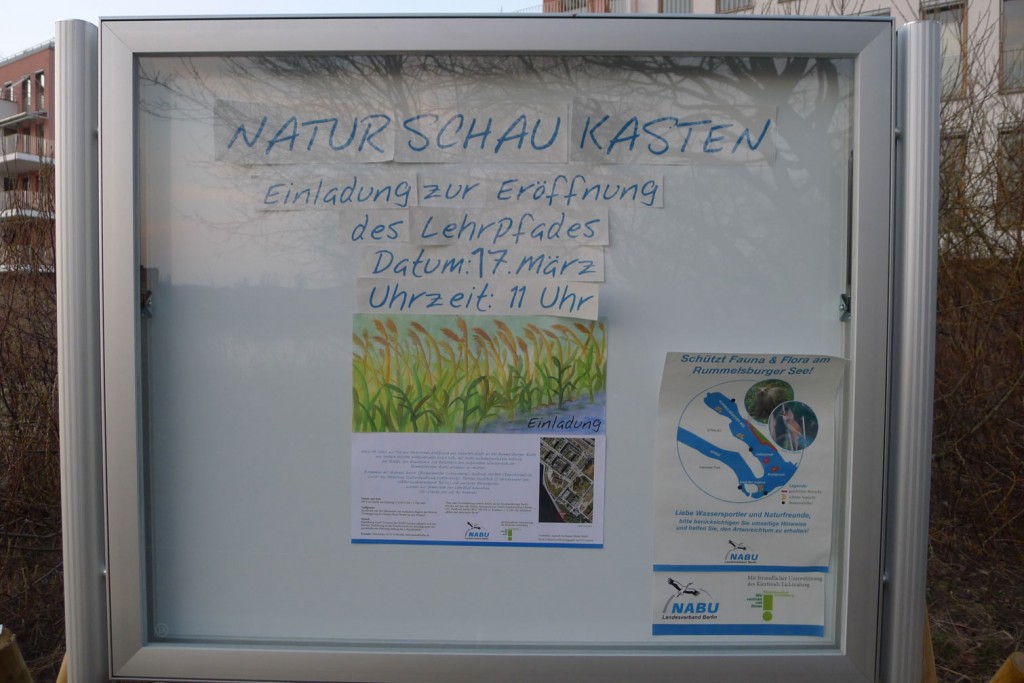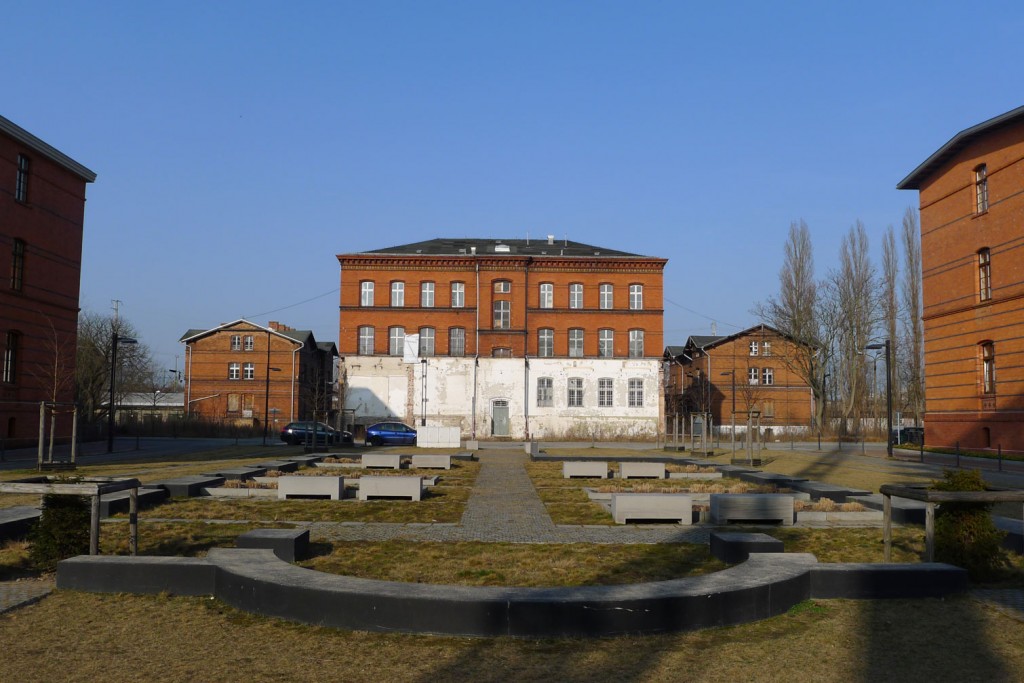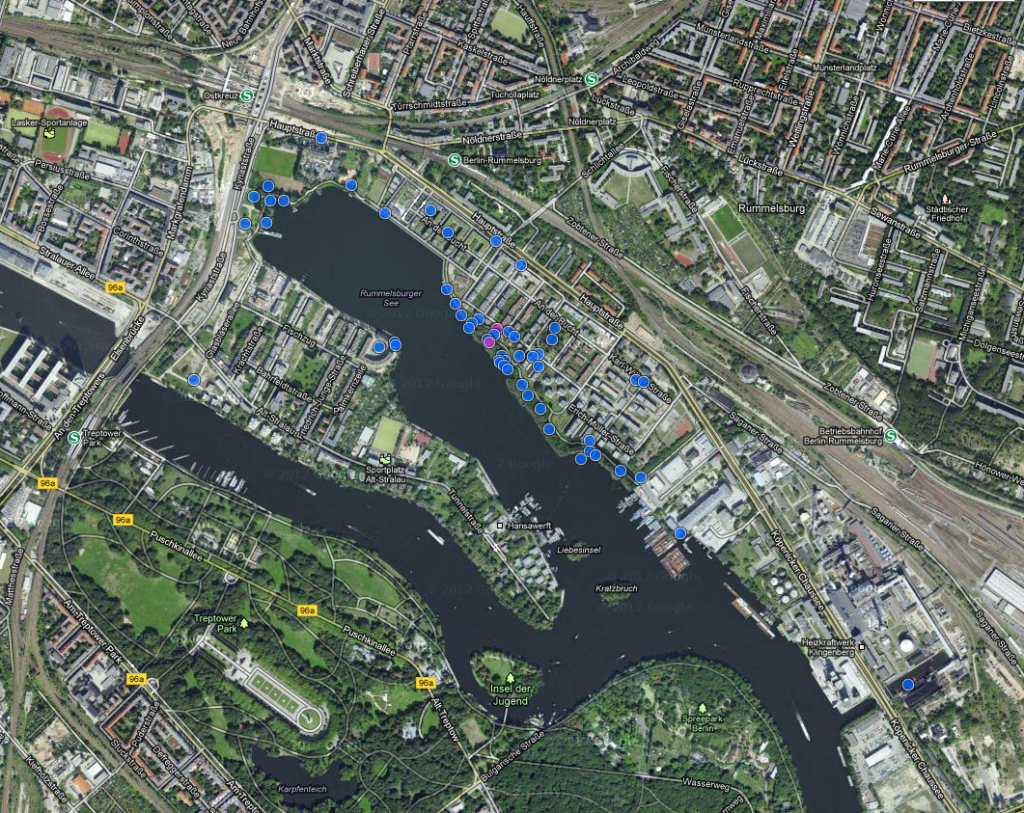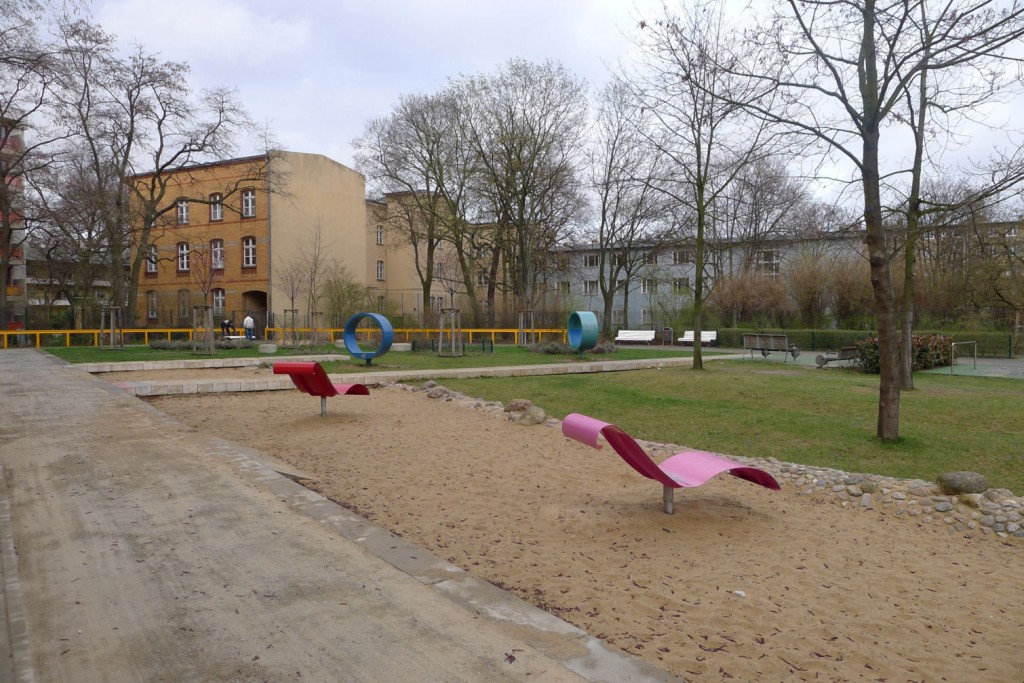Interview with Hans Pagel, Rummelsburg
Peter Cusack, Valeria Merlini
Hans Pagel has been a Rummelburg resident since 2007. He is very active in the community and is involved in the discussions about the local area, particularly the ‘An der Mole’ proposals. ‘An der Mole’ is the remaining part of Rummelsburg still to be developed and plans are now going though the city and local government procedures. The residents are not happy with the official plan because it does not preserve enough of the present biodiverse green space, allows traffic into the area and could be much better designed to reduce noise from nearby busy roads and railways. They have proposed an alternative that takes these factors better into account. Hans, and colleagues, are currently arguing the case with officials, politicians and developers.
We met Hans to ask him about Rummelsburg and its soundscape, what he appreciates about the area and how the ‘An der Mole’ discussions are going.
Read More